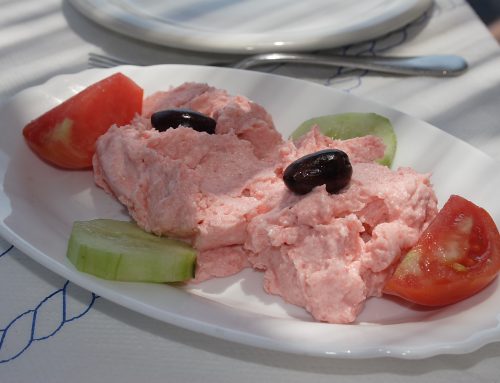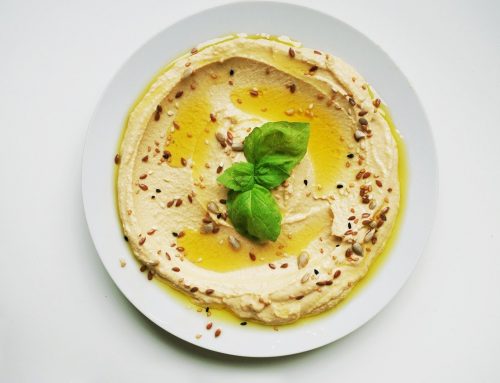Many words are used to describe beer, wine, and distilled spirits, but “new” isn’t one of them, generally speaking. History suggests that both beer and wine may have been produced as early as 8000 BCE. Distillation was first developed around 4000 BCE. Amazingly, in just 6,000 to 10,000 years, the ancient concepts of beer, wine, and distilled spirits have all skyrocketed into multibillion-dollar global industries.
Beer
Focus on Quality and Safety
Product quality and safety is a central focus of the California wine industry, according to Tracy Genesen, JD, vice president and general counsel of the Wine Institute. “We have one of the few standing technical committees in the global alcohol industry,” Genesen says.
“The committee’s mandate is to address quality, safety, authenticity, and technology issues for the wine industry,” says Tim Ryan, PhD, senior director of regulatory affairs and compliance for E. & J. Gallo Winery, Modesto, Calif., and chair of their technical advisory committee (TAC). “To that end, we have working groups that focus on five areas—namely, wine components; wine labeling; food safety and product integrity; U.S. and international technical regulations; and education, communications, and outreach.” Dr. Ryan points out that product safety and integrity currently centers on making sure Golden State wineries comply with the Food Safety Modernization Act (FSMA).
During 2017 and 2018, Wine Institute hosted 10 eight-hour training sessions throughout California to make sure that member wineries would be in full compliance with FSMA. “In 2017, some 216 California wineries were audited for FSMA, and a total of only four minor issues were cited on the audit reports,” Genesen says.
Dr. Ryan emphasizes that wine is microbiologically safe. Relative to potential physical contaminants, TAC is currently developing a good manufacturing practice for minimizing the risk of glass in product, including filtration and monitoring. “Chemical residues are not typically an issue with wine, but in consideration of consumer demand, we monitor crop protection chemicals to make sure chemicals used in our wineries meet all regulatory requirements,” Dr. Ryan says. “This is especially important for international trade. Pesticides are well-regulated in California, but as tolerance levels get lower in Europe, we must lower our levels.”
As a member of FIVS, a France-based organization that serves the global wine, spirits, and beer sectors on public policy issues, and the World Wine Trade Group (WWTG), which includes Argentina, Australia, Canada, Chile, New Zealand, Republic of Georgia, South Africa, Uruguay, and the U.S., the Wine Institute collaborates on efforts to standardize international regulations for product safety and trade. “The goal of these organizations is to eliminate technical barriers to trade,” Dr. Ryan relates. “In recent years, the WWTG has issued a series of regulatory principles based on best practices that enhance trade and minimize regulatory requirements such as testing and certification. Member governments of WWTG endorse these principles and use them in regulation of wine.”
Currently, the biggest challenge for producers of wine, distilled spirits, and beer is getting used to and complying with the FSMA requirements, according to Anna Katharine Mansfield, PhD, associate professor of enology in the department of food science at Cornell University in Geneva, N.Y. “The alcohol beverage industry is accustomed to answering primarily to the TTB,” she points out, “so to also have to deal with a whole new set of guidelines coming from a different regulatory organization is confusing to many producers.”
The Cornell Enology Extension Lab offers an online certification program called EnoCert that is intended primarily for winery employees in any geographic location who want to expand their practical knowledge of winery operations. “As part of this program, the course called EnoCert 203, Sanitation and Safety, covers all of the sanitation and safety basics required for FSMA,” Dr. Mansfield says. “In April 2020, we also presented a FSMA-specific webinar for wineries and other TTB-permitted producers, which is posted on our website for free access.”
Distilled Spirits
The U.S. produced 239 million 9-liter cases of distilled spirits in 2019, according to the Distilled Spirits Council of the United States. U.S. distilled spirits suppliers tallied 2019 gross revenue totaling $29 billion in four categories: value, premium, high end, and super premium. Some 45 states exported distilled spirits in 2019.
Amid the COVID-19 pandemic, the distilled spirits industry is mostly concerned about keeping their staff and the public they serve safe, while promoting their businesses to the extent allowable under current restrictions, according to Kevin Atticks, DCD, executive director of the Maryland Distillers Guild, Maryland Wineries Association, and the Brewers Association of Maryland. “Maryland’s distillers have risen to fill the need for hand sanitizer, prioritizing hospitals and other healthcare facilities, first responders, and prisons,” Dr. Atticks says. “The Maryland Distillers Guild consolidated requests from interested parties, including hospitals, assisted living facilities, first responders, government agencies, and matched each request with one of the 17 distillers (of the state’s 30 licensed distillers) producing sanitizer. Maryland brewers and wineries contributed beer and wine to be distilled by the distilleries, providing a much-needed base alcohol.”
The European Perspective
Wine and spirits are the EU’s top exports, according to FoodDrinkEurope. The organization’s EU Food & Drink Industry Data & Trends, published in October 2019, reports that 2018 EU exports of wine totaled 11.572 billion million euros, with the top three destinations being the U.S., Switzerland, and China. Total 2018 EU exports of spirits reached 11.342 billion euros; the top three destinations were the U.S., Singapore, and China.
For the past three decades, European spirits producers have dealt with continuously changing regulatory requirements and standard quality and safety guidelines for an ever-increasing level of consumer protection, according to Teodora Coldea, PhD, a lecturer in the department of food technology at the University of Agricultural Sciences and Veterinary Medicine in Cluj-Napoca, Romania. “In the EU, production of spirit drinks is regulated by the European Commission, with additional rules in each member state,” she says.
Dr. Coldea points out that, while fruit spirits, in particular, are very popular worldwide, the Eastern and Central European countries of Poland, Slovakia, Hungary, Bulgaria, Romania, and Czech Republic are arguably among the most notable nations for producing fruit distillates. Two categories of fruits are typically used for distilled spirits, Dr. Coldea says, one with stones (plums, cherries, sour cherries, apricots and peaches, etc.) and the other without stones (pears, apples, and other berries).
Volatile Compounds Influence
“The legal limits of contaminants in alcoholic beverages are sometimes accidentally exceeded,” Dr. Coldea says. “The European Food Safety Authority recommends a limit of 1 mg/L in stone fruits spirits, but some European countries have regulated this content to even lower levels.”
Dr. Coldea emphasizes that all distilled spirits processed through industrial channels in Europe are tested for contaminants in accredited laboratories. “In some European countries, fruit spirits are often homemade and are not sufficiently tested for contaminants, which poses a risk for consumers,” she relates.
To solve the problems associated with both unintentional chemical contamination and intentional adulteration of alcoholic beverages, European spirits producers urgently need rapid, budget-friendly, in-house testing solutions, Dr. Coldea contends. “At present, chemical analyses are possible only in testing laboratories, which can be particularly costly for smaller sized spirits distillers,” she says.
Source: Food Quality and Safety





